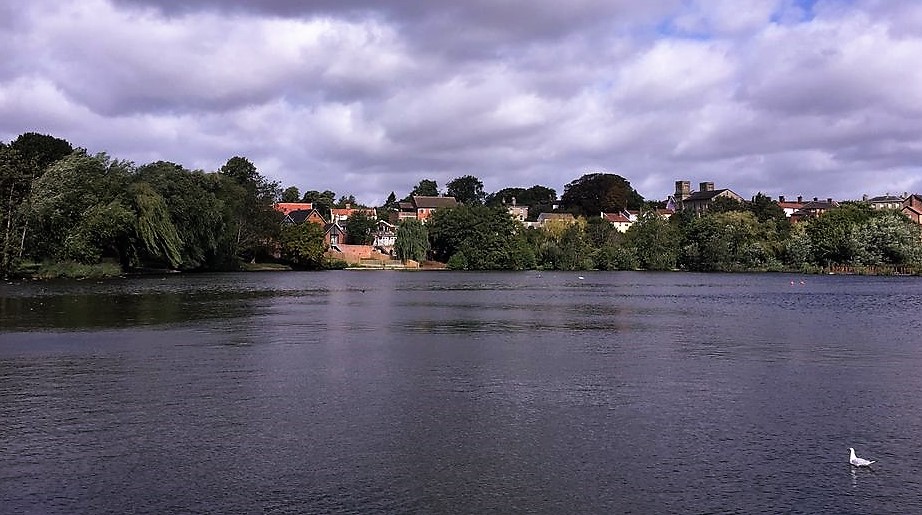Good design is the emphasis in reformed planning system
Contents |
[edit] Introduction
A government steering group will put the emphasis on beauty and design in a reformed planning system for England.
[edit] Planning for the Future follow up
In August 2020, the Government published proposals for a new, faster, simpler planning system which will require local authorities to introduce their own local design codes – enhancing beauty, quality and environmental standards by giving communities control over what is built in their areas.
In September 20220, to support this action, Housing Secretary, Rt Hon Robert Jenrick MP, appointed Nicholas Boys Smith to establish and chair a steering group tasked with driving up design standards and supporting local communities to produce codes defining beautiful design in each community.
The Housing Secretary has also appointed Charles O’Brien as the government’s Listing Heritage Adviser to help conserve some of England’s historic buildings as part of a local heritage campaign. As an architectural historian and commissioner at Historic England, O’Brien will work with councils to increase the number of buildings and structures of significant historical and cultural value that are locally listed, helping to protect the buildings through the planning system.
[edit] Three categories of eligibility
The new design body will support communities in producing binding codes for their local area, increasing the focus on design and quality in the planning process and ensuring local design and architecture is recognised and conserved. This work marks the next step in placing beauty in the Government’s reformed planning system and consigning ‘anywhereville’ developments to history.
The planning system recognises three types of heritage assets – those which are of international importance, those which are of national importance and those which are important locally.
Nationally important heritage assets (such as listed buildings, scheduled monuments and so on) are identified and given statutory protection by the Department for Digital, Culture, Media and Sport (having consulted Historic England). This is on the basis of nationally set selection criteria. Locally important heritage assets are identified by local planning authorities and neighbourhood plan forums based on locally set criteria.
Historic England will work with O'Brien to promote greater awareness of the benefits of locally listing historic buildings. This will support people in the nomination of important buildings they think should be protected in their area. They will also work together to identify the 10 counties that are home to many historic buildings that are not yet protected and would most benefit from the additional listings.
Buildings and structures eligible for local lists can include homes, cottages, cinemas, theatres and industrial heritage. This work will be supported by experts at Historic England and £700,000 government funding.
[edit] Related articles on Designing Buildings Wiki
Featured articles and news
RTPI leader to become new CIOB Chief Executive Officer
Dr Victoria Hills MRTPI, FICE to take over after Caroline Gumble’s departure.
Social and affordable housing, a long term plan for delivery
The “Delivering a Decade of Renewal for Social and Affordable Housing” strategy sets out future path.
A change to adoptive architecture
Effects of global weather warming on architectural detailing, material choice and human interaction.
The proposed publicly owned and backed subsidiary of Homes England, to facilitate new homes.
How big is the problem and what can we do to mitigate the effects?
Overheating guidance and tools for building designers
A number of cool guides to help with the heat.
The UK's Modern Industrial Strategy: A 10 year plan
Previous consultation criticism, current key elements and general support with some persisting reservations.
Building Safety Regulator reforms
New roles, new staff and a new fast track service pave the way for a single construction regulator.
Architectural Technologist CPDs and Communications
CIAT CPD… and how you can do it!
Cooling centres and cool spaces
Managing extreme heat in cities by directing the public to places for heat stress relief and water sources.
Winter gardens: A brief history and warm variations
Extending the season with glass in different forms and terms.
Restoring Great Yarmouth's Winter Gardens
Transforming one of the least sustainable constructions imaginable.
Construction Skills Mission Board launch sector drive
Newly formed government and industry collaboration set strategy for recruiting an additional 100,000 construction workers a year.
New Architects Code comes into effect in September 2025
ARB Architects Code of Conduct and Practice available with ongoing consultation regarding guidance.
Welsh Skills Body (Medr) launches ambitious plan
The new skills body brings together funding and regulation of tertiary education and research for the devolved nation.
Paul Gandy FCIOB announced as next CIOB President
Former Tilbury Douglas CEO takes helm.
UK Infrastructure: A 10 Year Strategy. In brief with reactions
With the National Infrastructure and Service Transformation Authority (NISTA).























